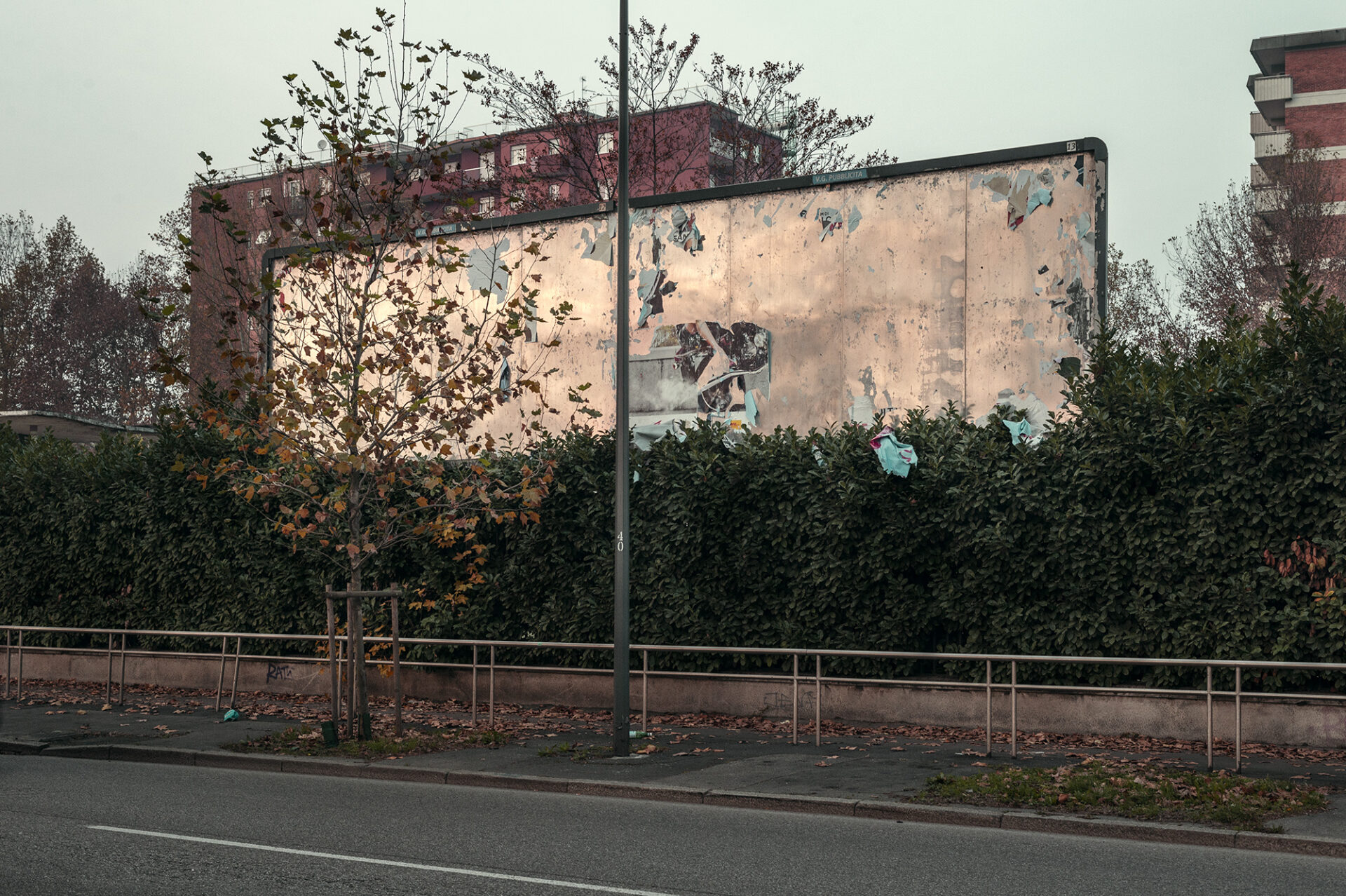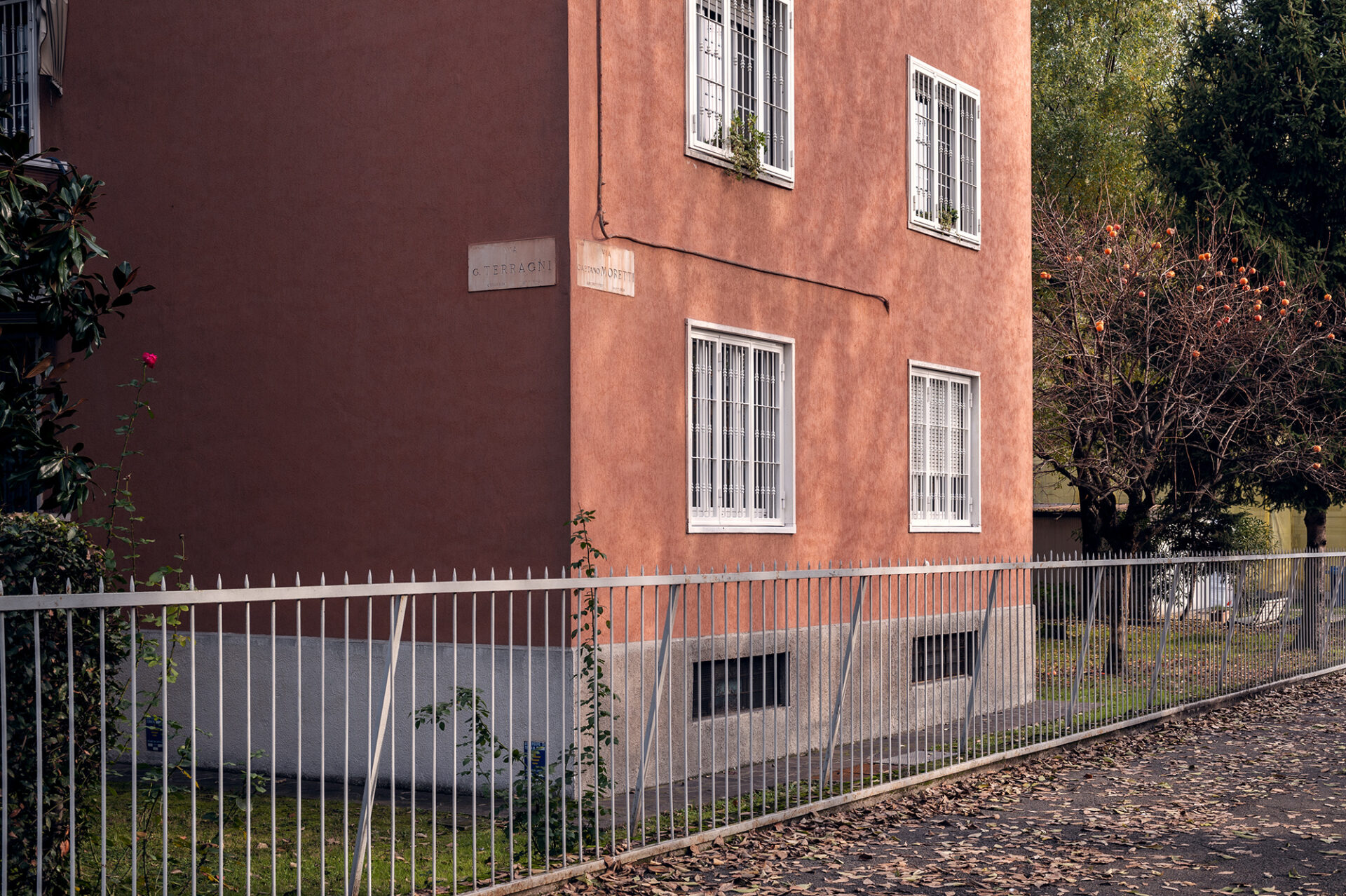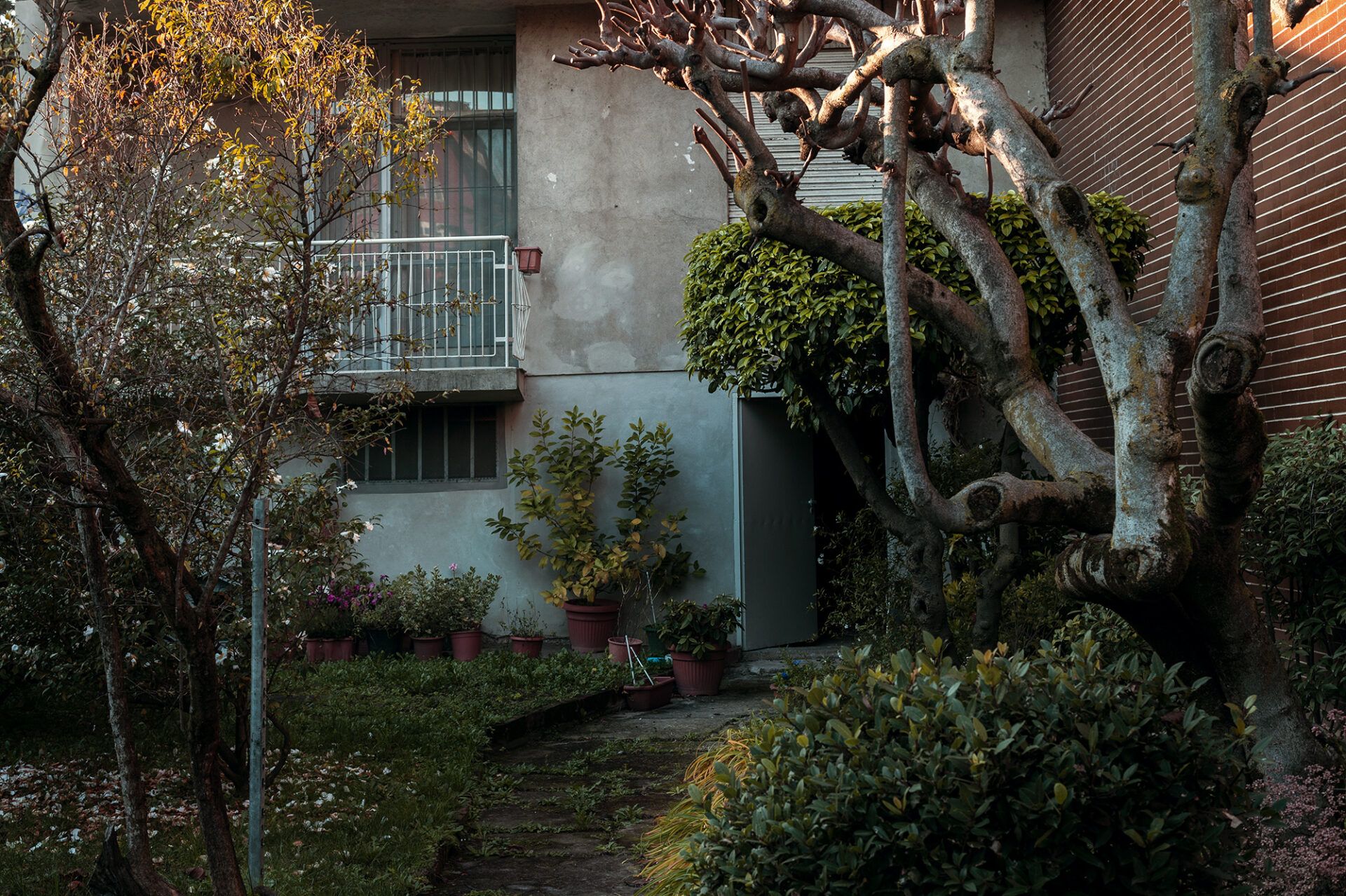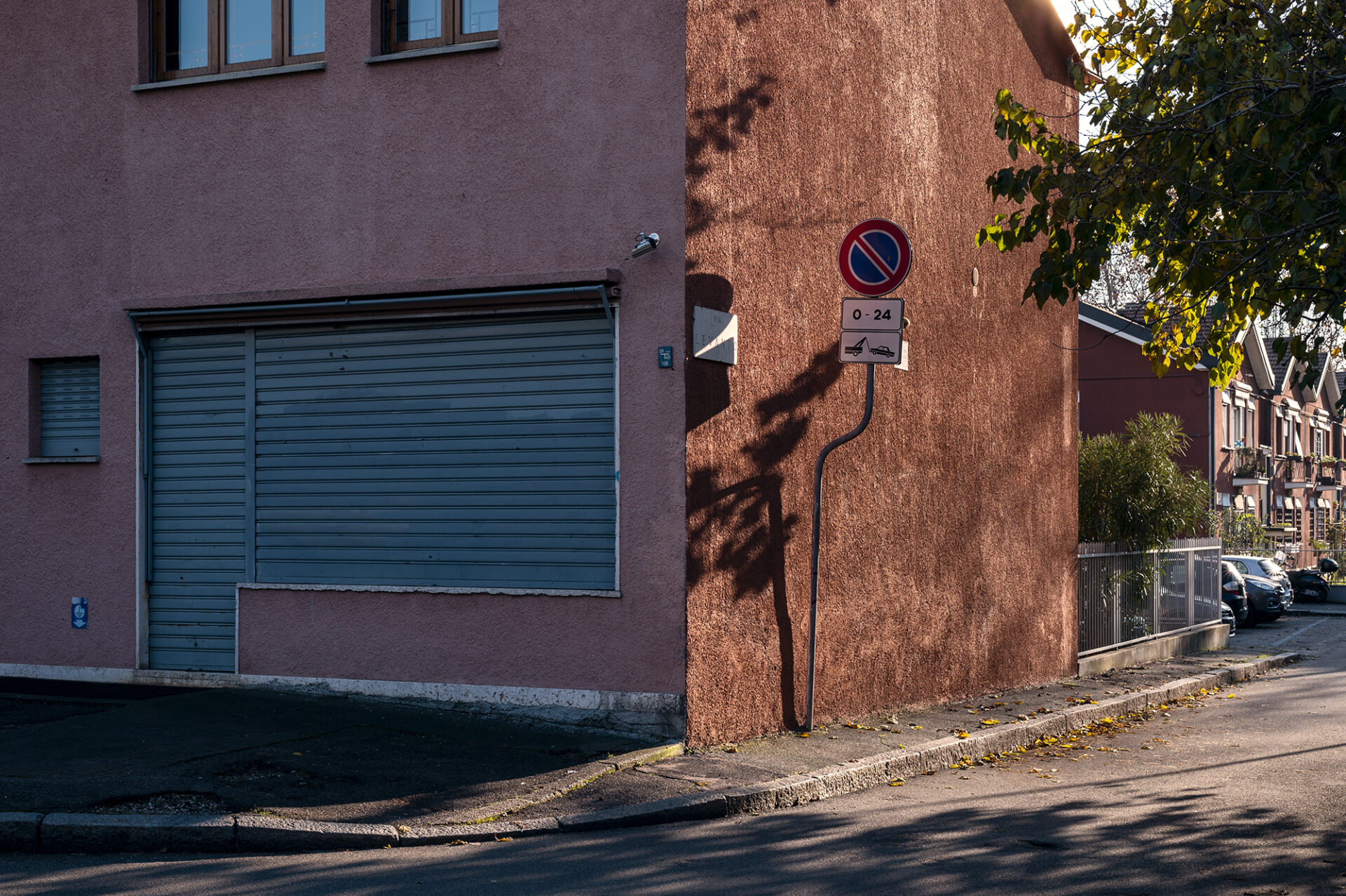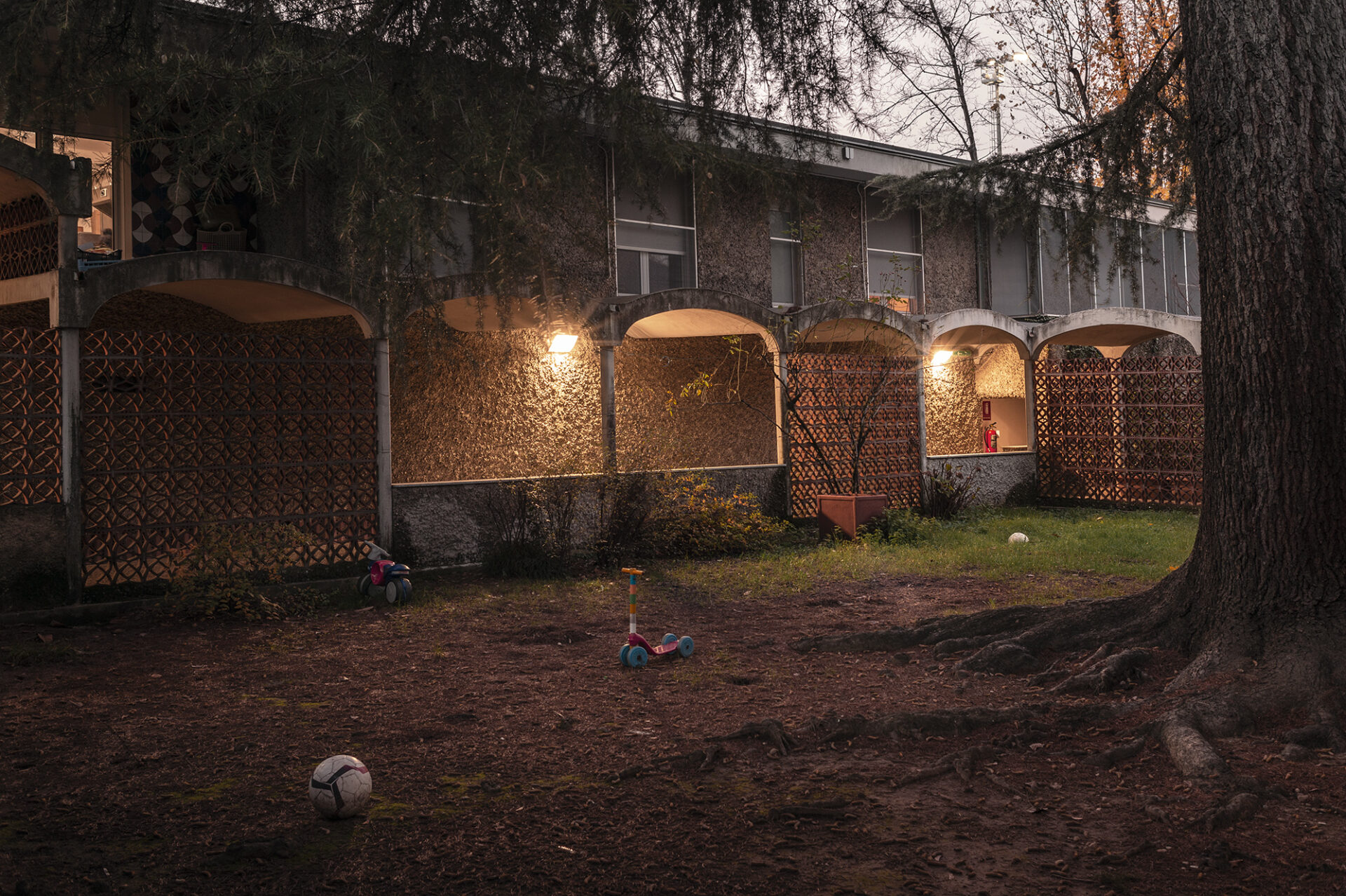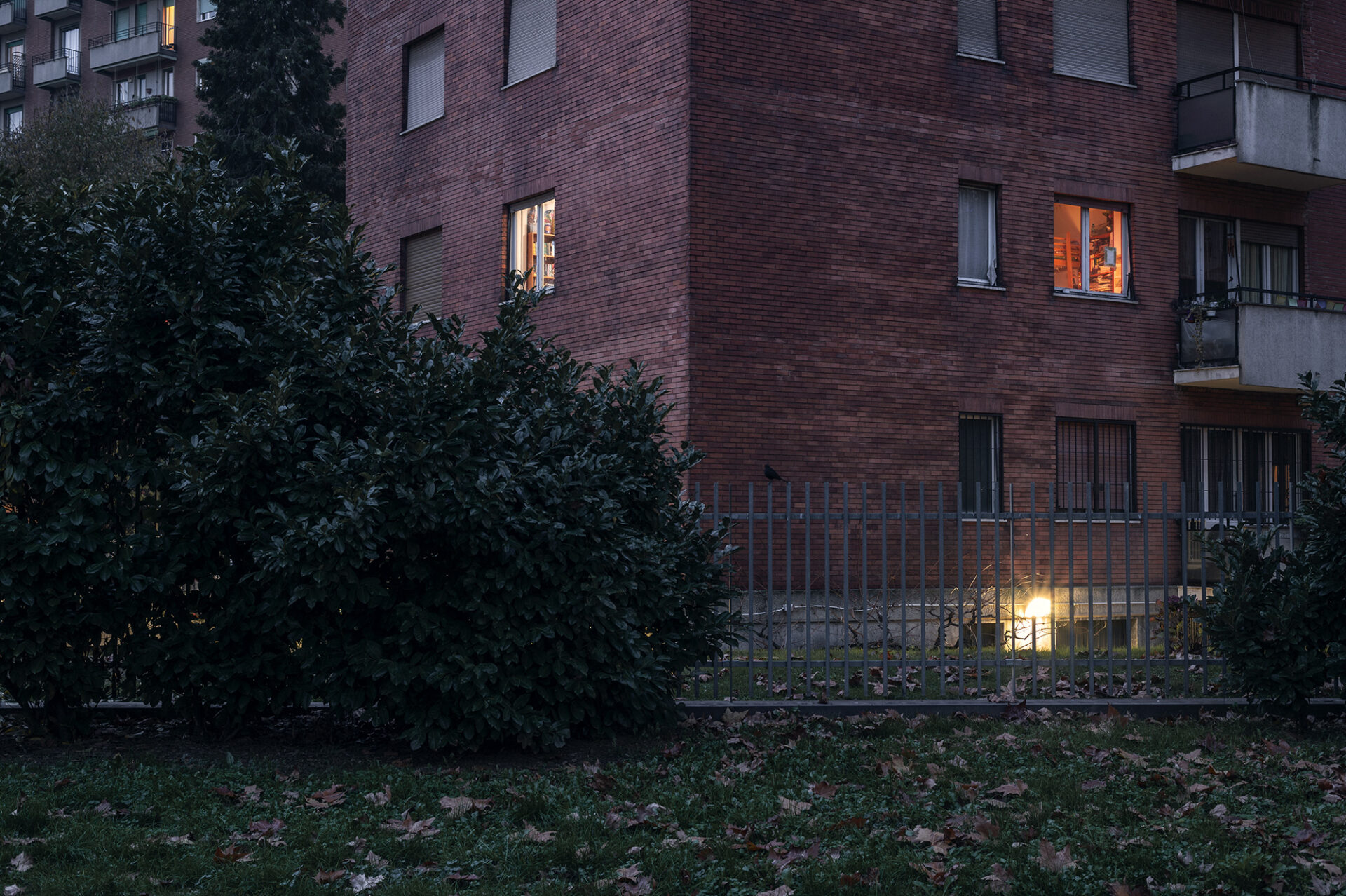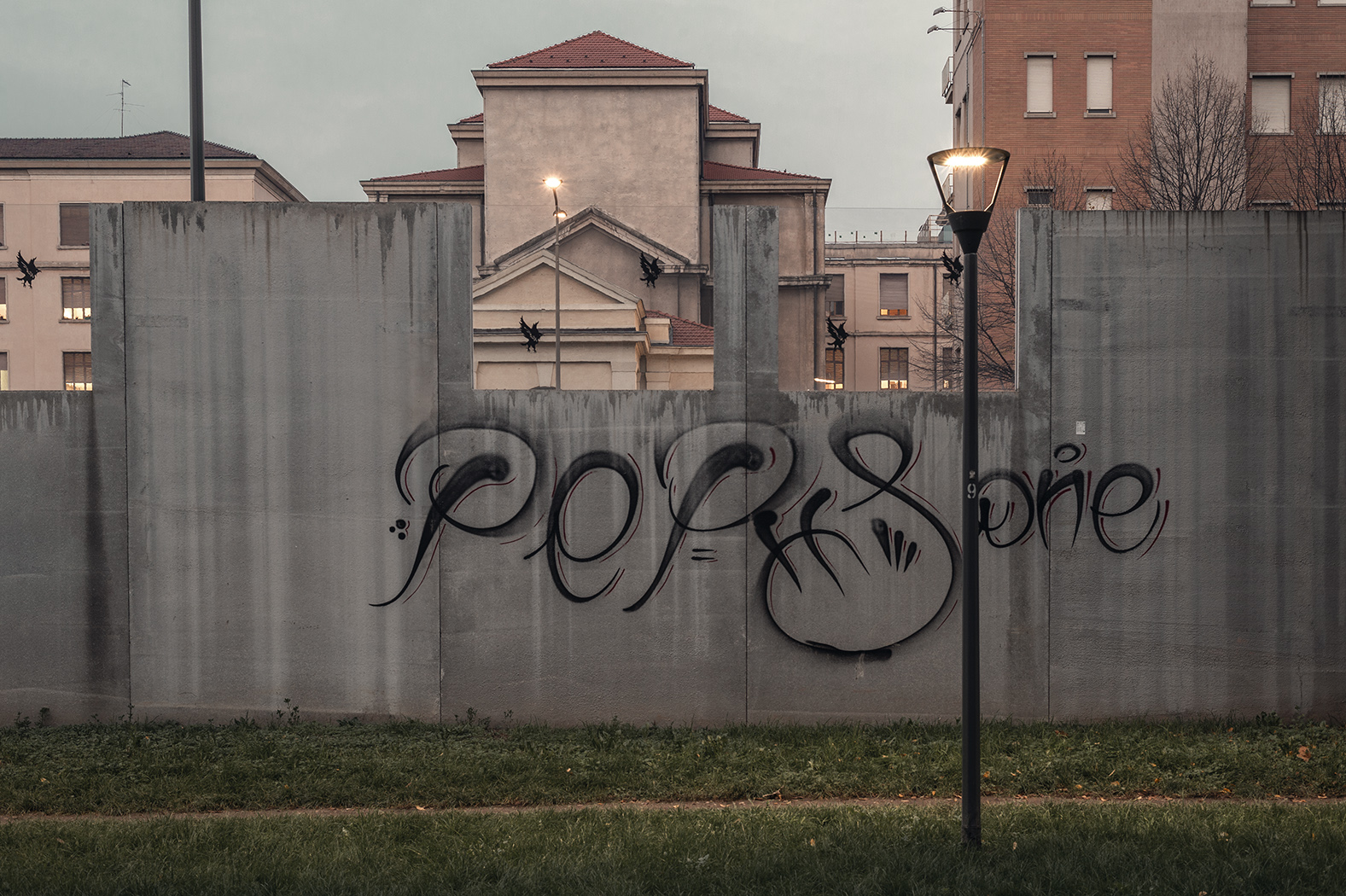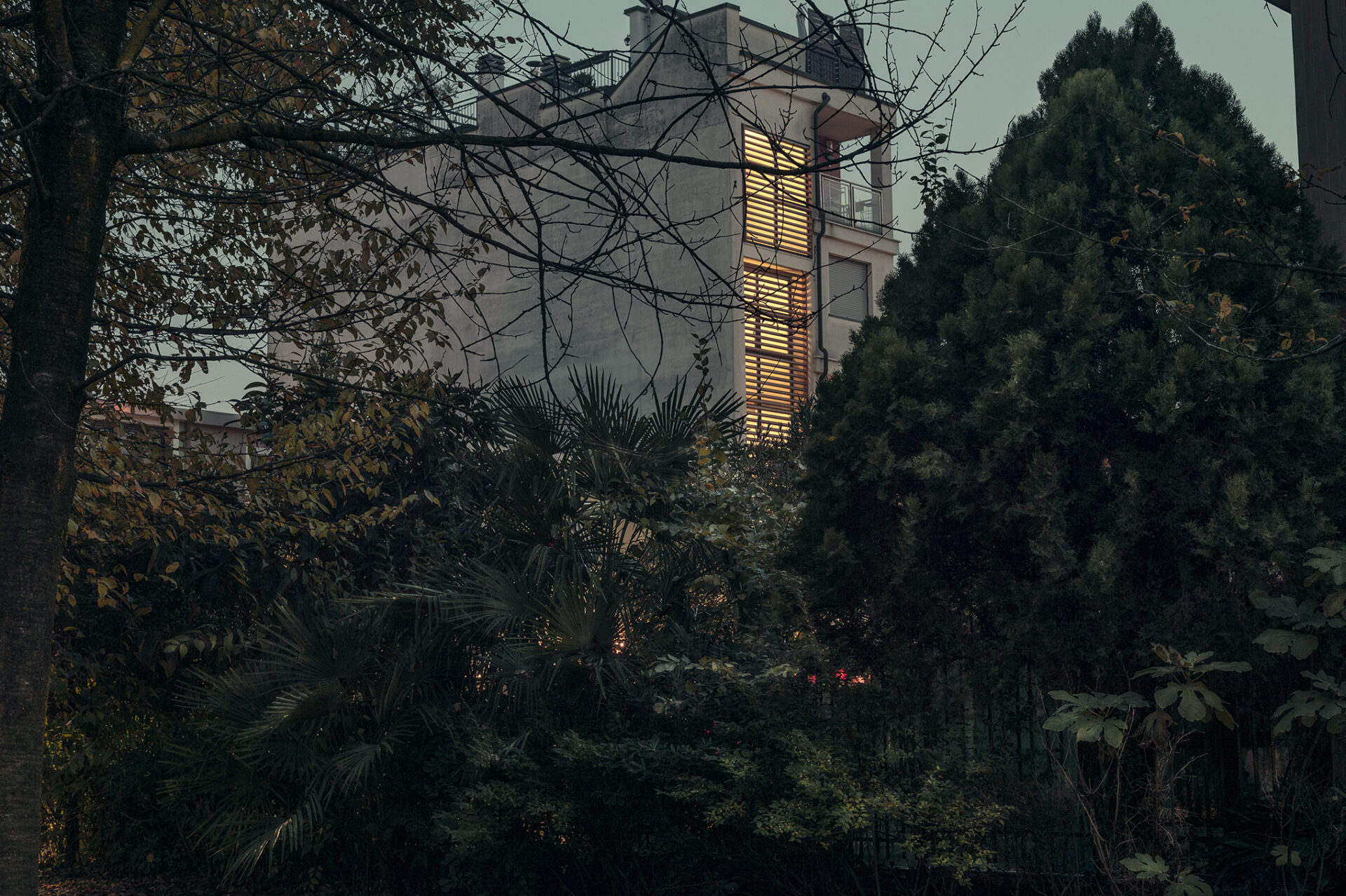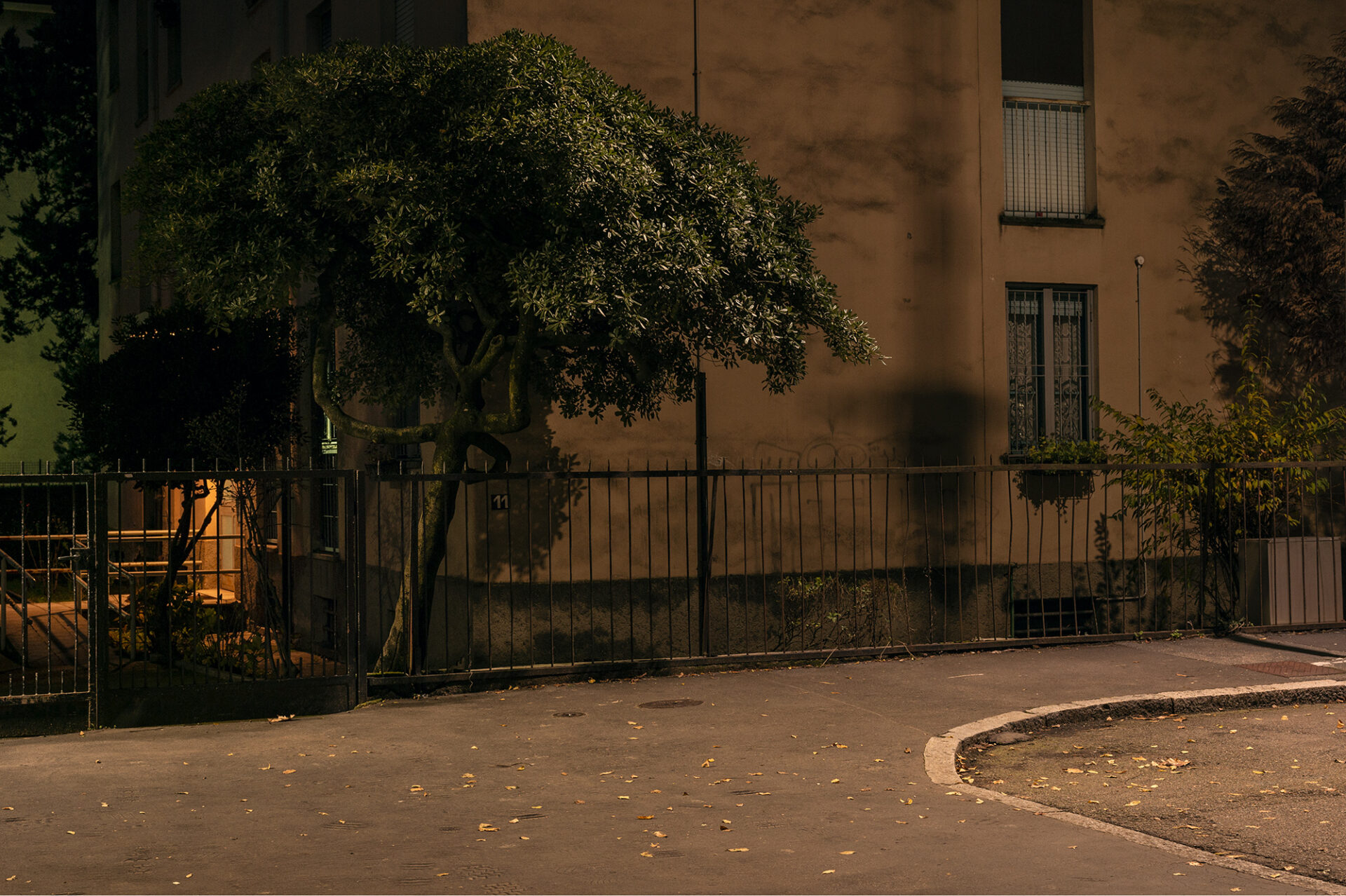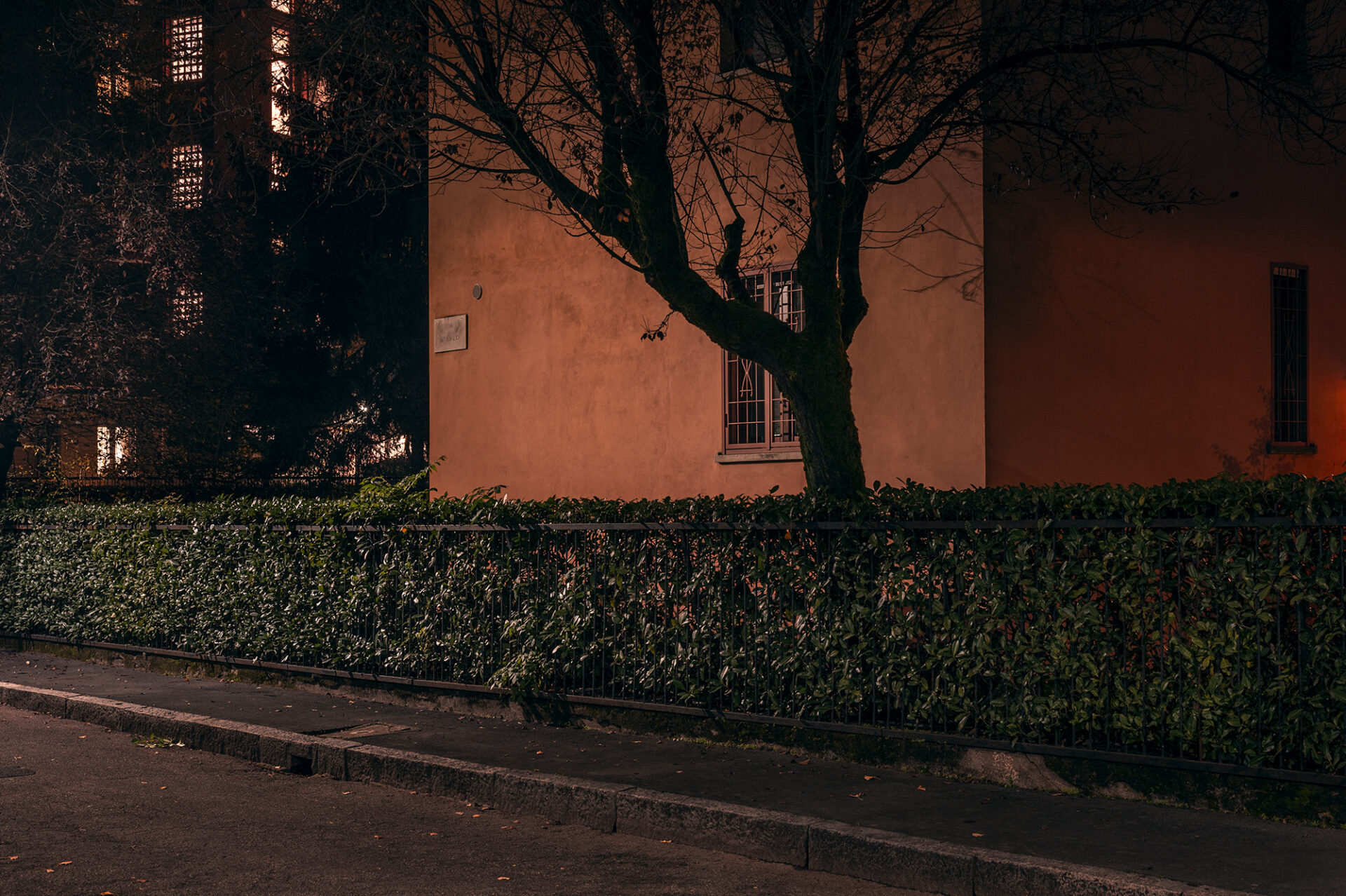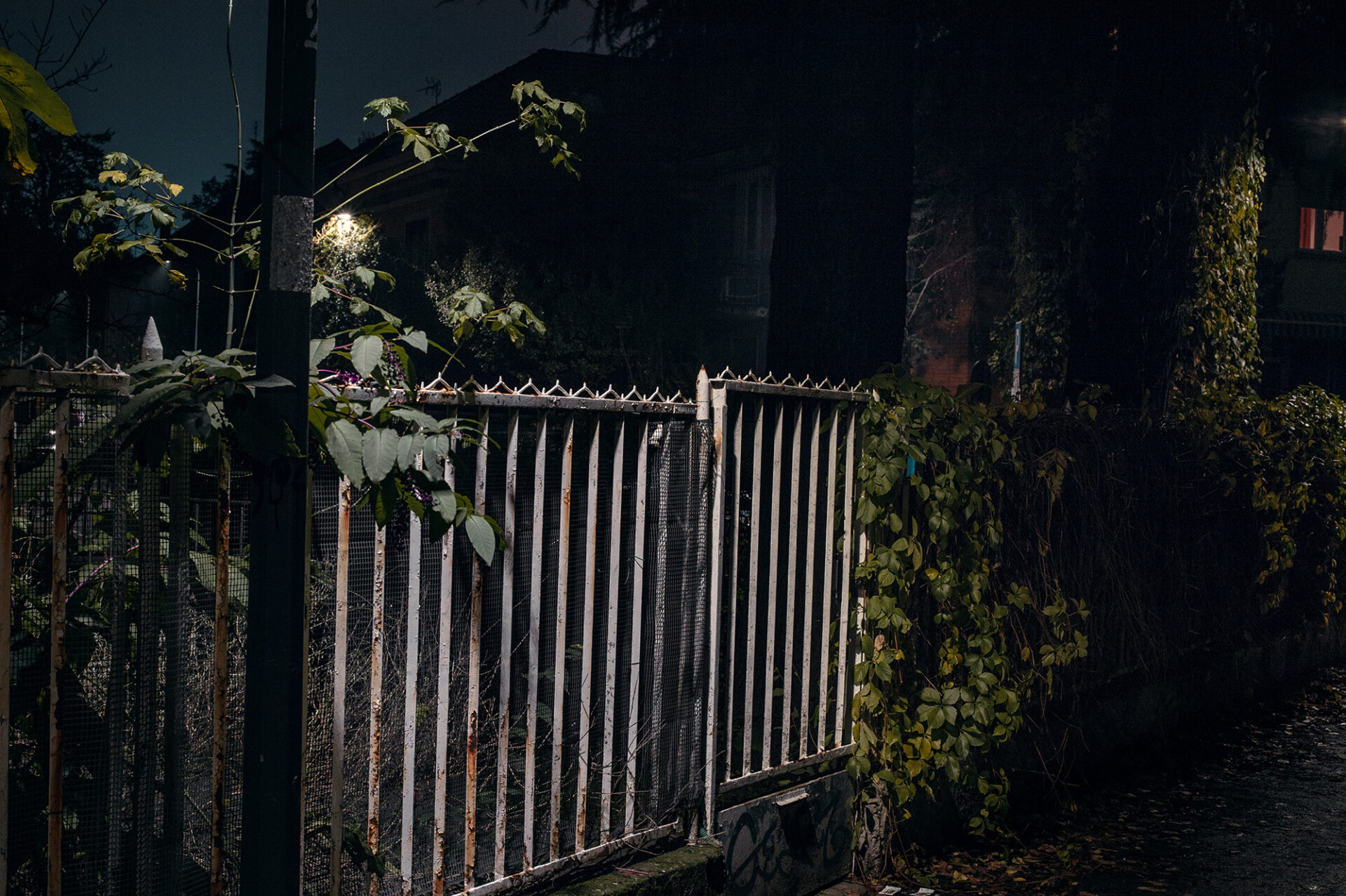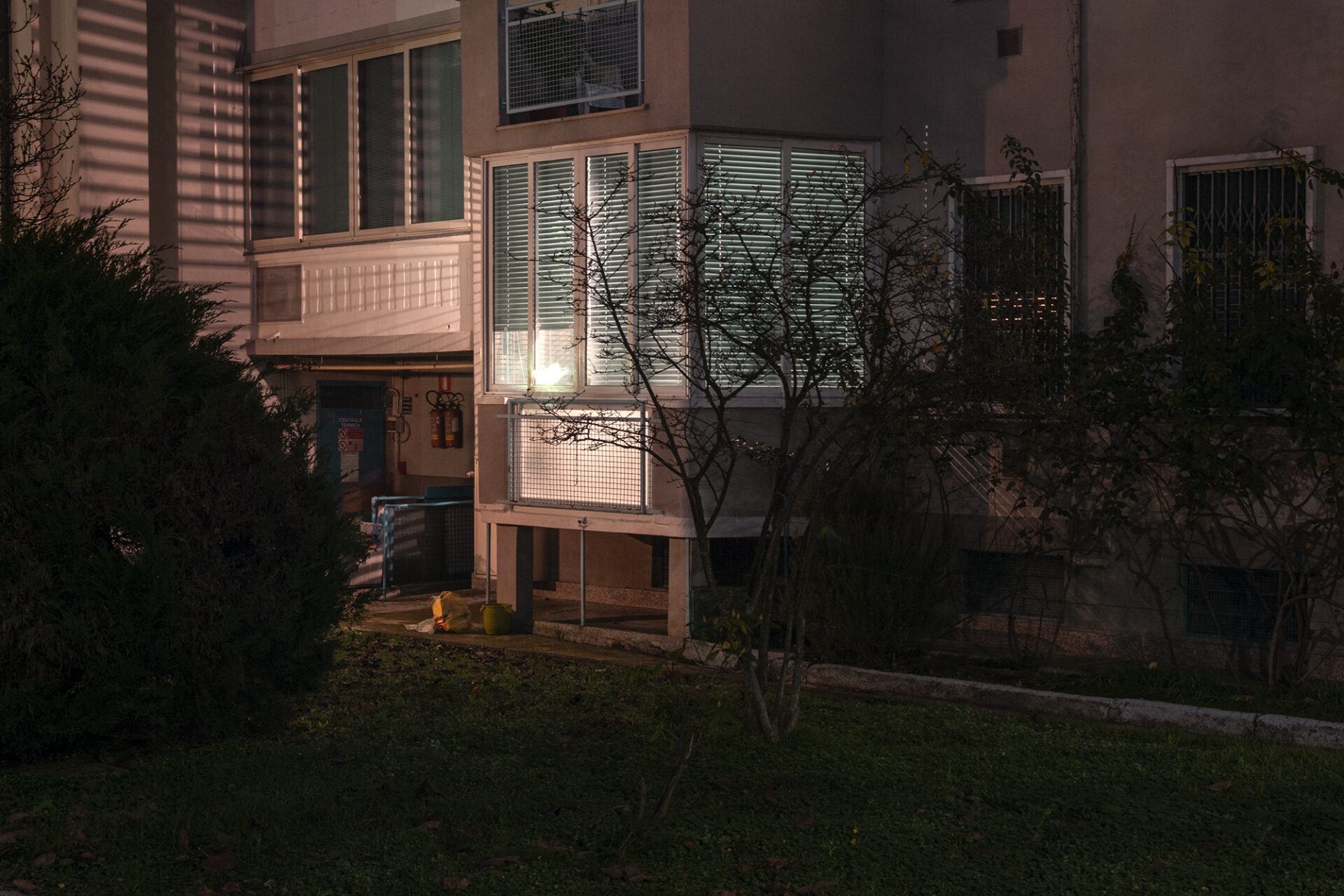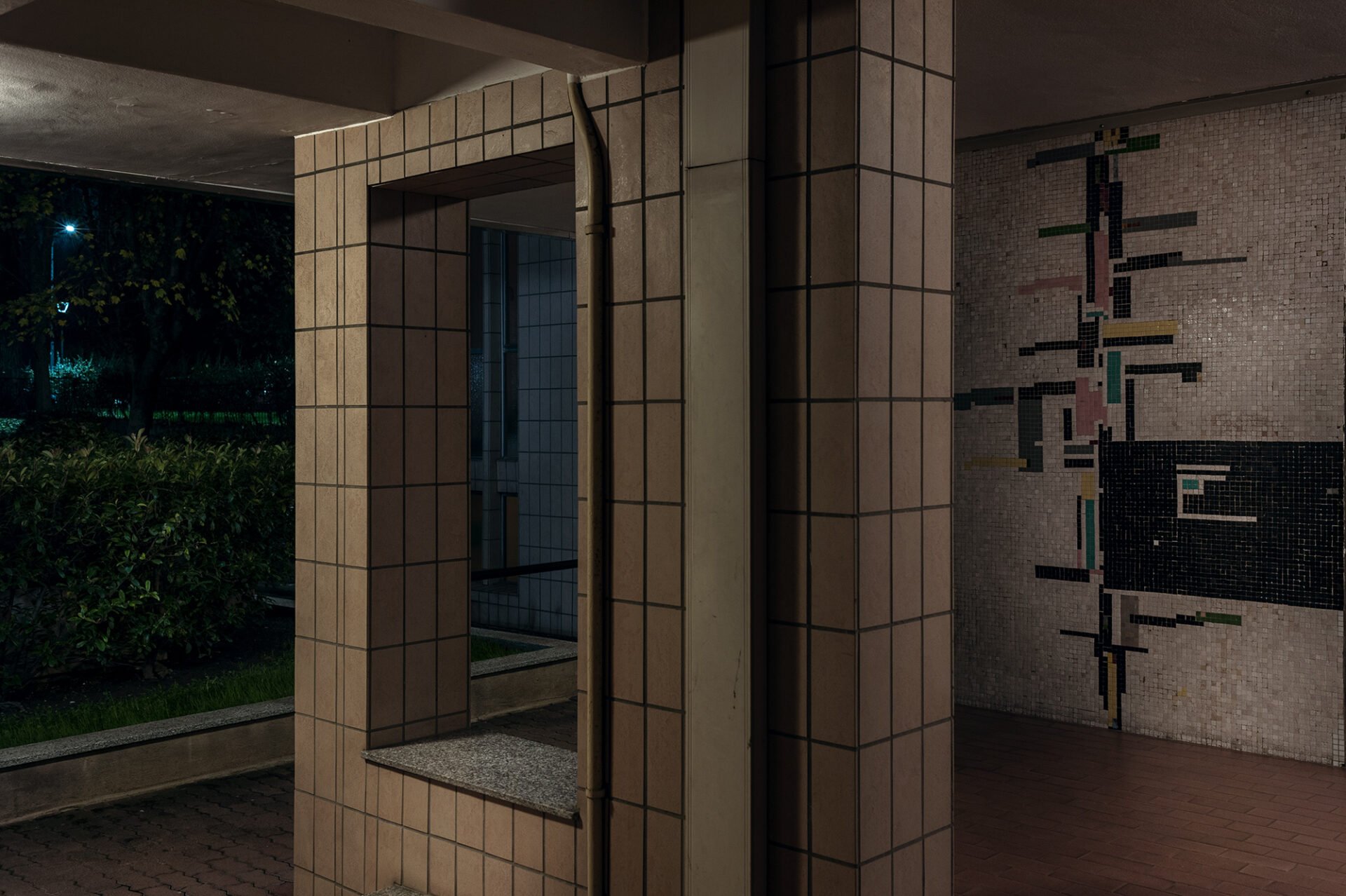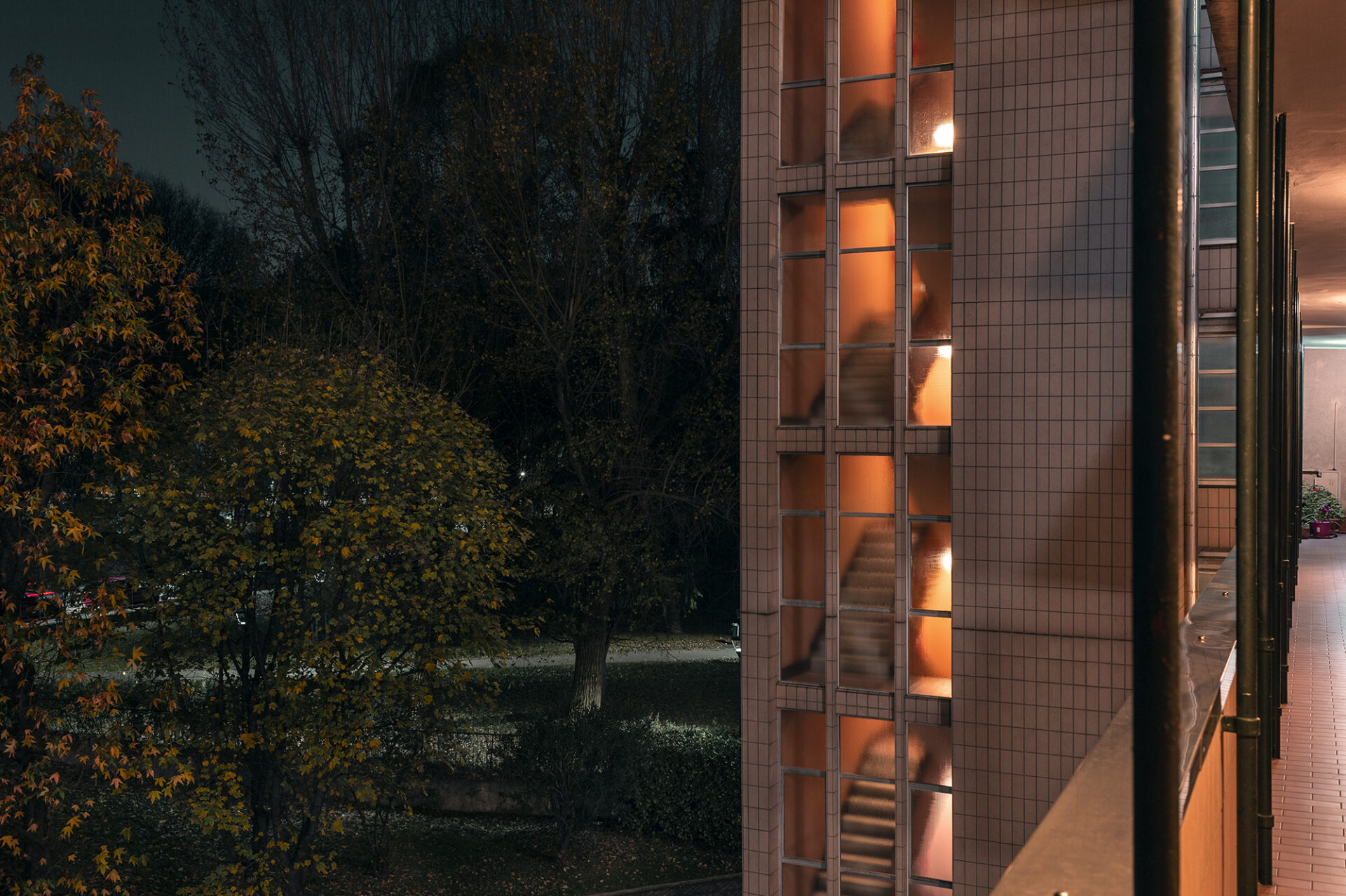QT8 may sound like the futuristic name of a machine or an indecipherable code, while its meaning is firmly rooted in history; in fact, it was created during the eighth edition of the Milan Triennale.
This area was conceived as an experimental district and continues to be one of the best examples of urbanist developments during the post-World War II in Italy.
It embodies the “concrete dream” of architect Piero Bottoni and his quest for a stirring beauty that was able to dialogue between individual spaces and collective freedom. QT8 and Mount Stella with their presence mark the northwestern landscape of Milan and they testify how fruitful the union between urban design and landscape design can be. They constitute an attempt, partly successful and unfinished, to counter the perpetuation of the suburban character of urban additions.
Bottoni was moved by his dream to combine civic engagement with the ability to invent landscapes and places endowed with meaningful beauty. He designed buildings at QT8 open to wide – ranging experimentation while at the same time cooperating to configure a new part of the city: a “garden district.”
Which urban planning project today considers houses for homeless people or single mothers in distress? What urban planning today reflects on art and light design beyond their strict functionality?
Yet, it is not just an urban planning experiment designed on paper. You can still walking around those walls and gardens and be pervaded by the poetics of beauty and meaning that generated them.
It has become a living entity made up of light and shadow, in which lies silent a strong identity that now struggles to overcome its loneliness with the rest of the city almost confined within its walls.
You can perceive that a part of the whole is missing to make it feel closer to the citizens of Milan who should all enjoy and treasure it like concrete wonder.
